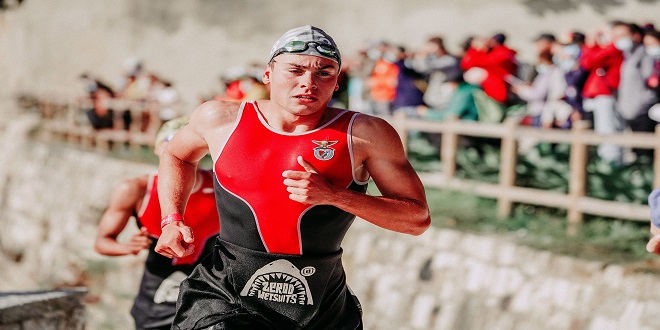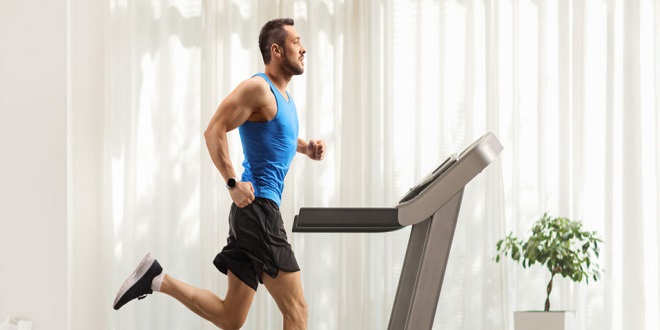Achieving an ideal physique

Imagine designing opening ceremony uniforms for a whole Olympic team! They would need to be pretty versatile to suit all the different sizes and shapes that athletes come in. High jumpers: tall and lean with long legs; weight lifters: muscle-bound arms and short, muscle-bound legs for a low centre of gravity; gymnasts: small, light and lean; swimmers: wide shoulders.
A designer could make these assumptions because physical characteristics such as height, weight, limb lengths and the amount and distribution of muscle mass or body fat help the performance of various types of exercise. So athletes, particularly at the highest level of competition, will tend towards the physique that favours the demands of their sport
An athlete’s physique reflects both the basic structure he or she inherited from Mum and Dad and the remoulding achieved by training and diet. Hopefully, you chose your parents well and selected the sport to which you are best suited! There’s not much you can do about your height, and you will have inherited a potential for your muscularity and fatness. Nevertheless, at some point in your sporting career, you are likely to want to fine-tune your weight, body-fat levels or muscle mass.
What is a desirable body-fat level?
We require a certain minimum level of body fat to remain healthy. For men this is approximately 3–5 per cent of body weight, and for women about 10–15 per cent. Of course, most people carry considerably more body fat than this minimum. In terms of sports performance, extra body 93 Ach i evi ng an ideal phys ique fat can improve flotation, provide insulation against the cold, and protect body organs from damage during contact sports.
However, these benefits must be balanced against the increased effort required to move additional body weight. Being heavier increases the energy cost of movement. In particular, extra body fat causes a decrease in the ratio of body weight that is active to body weight that isn’t—often referred to as your powerto-weight ratio
FO O D FO R S P O R T S P E R FO R M A N C E
ideal shape and body composition. Therefore, it is dangerous to establish compulsory body-fat and body-weight targets for each sport. Rather, individual athletes should be monitored over their career and over the different parts of a season or specialised training to see the range of characteristics that are associated with good outcomes. Within this range, each athlete can probably find his or her own ideal weight and body-fat levels, guided by the following questions.
What is a desirable muscle mass?
Weightlifters, sprinters, rowers and rugby players all need to develop muscle mass so they can generate explosive power. In other sports, muscle mass is required to achieve the right ‘look’—body-building exemplifies 95 Ach i evi ng an ideal phys ique this need. Of course, some athletes, like rugby forwards and gridiron football players, simply need to be big for momentum and protection, and have some leeway for carrying body fat.
An increase in muscle size and strength occurs naturally during adolescence, particularly in males. However, in sports where size, strength and power are important, athletes want to achieve specific muscle hypertrophy (growth) through a program of progressive muscle overload or resistance training. As is the case for body-fat levels, many athletes and coaches have unrealistic expectations about how muscular an individual can get, and how quickly. Genetics can make it harder or easier for any athlete to respond to a muscle-gain program, and it takes years for most athletes to achieve their ideal muscle mass.





